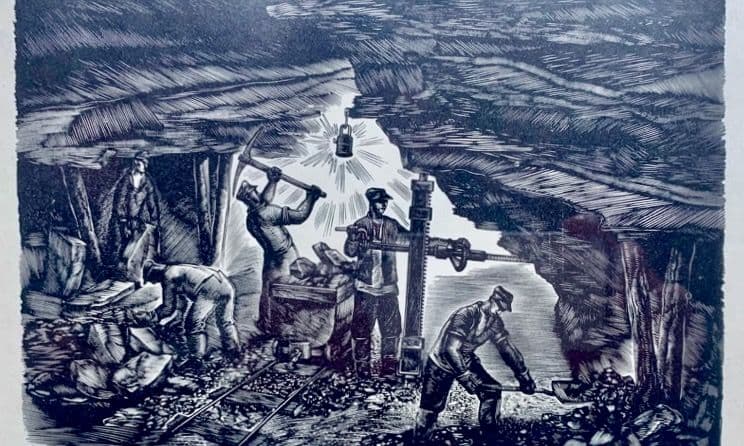
In Communist Hauntings. Aesthetics of Disrupted Times. M. Schmukalla & L. Ozolina.
Palgrave In press
This chapter discusses the ecological and social consequences of mining in Eastern Estonia, a region affected by a century of extractivist activity. The irreversible destruction of the natural landscape of Ida-Virumaa evidences the mineral, logistic, and military character of Soviet modernity but also of the Anthropocene overall, which presents resource exploitation as an inevitable element of progress and civilization. The research comprised an expanded ethnography in order to make the alienating reality of mining analytically available to the senses. I created two art installations based on the gesture of letting post-industrial waste “speak” for itself, thus blurring the boundaries between nature and culture and between matter and telling. This collaboration with the territory enacted a disobedient epistemology through more-than-human aesthetics. As a series of decomposing objects, the ethnographic matter generated in the experiment invite us to think with ecological traces that are the witnesses of the unrepresentable – infrastructural harm, environmental pollution, stigma, collective lost, the social void and military resonances.
Keywords: Expanded ethnography; Soviet Modernity; Experimental collaborations; Art & anthropology; Ecological memory.
